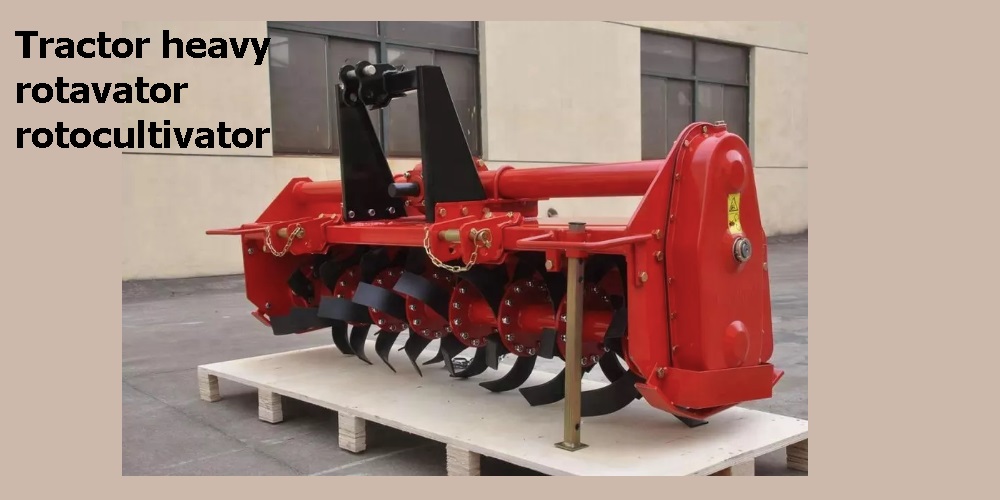It is important to perform routine maintenance on your lawn if you want it to continue to look wonderful and be in good health. The condition of the grass can be maintained by the use of rotavating, which is an essential component of lawn care. Because the grass must be in pristine condition before you rototill it, there are a few things you need to do before you start the process to get it ready.
Weed Elimination
You must get rid of weeds before rotovating your lawn and garden. Take the time to apply a weed killer to the garden in the weeks before you intend to rotate it. Weeds run the risk of spreading throughout the garden if they are not removed before rotavating.
Grass clearing
Make careful to completely remove the lawn before rotavating. This includes getting rid of any large stones, debris, and lingering dead weeds that might get in the way.
Digging Up and Turning Over Small Areas
When working with limited space, rotavating by hand is typically the most effective method. You may get this result by first using a garden fork to break up the dirt, and then following up with a soil rake to rake the ground until it is level. This is the most effective method for rotavating small amounts of soil, but it could be laborious and time-consuming for rotavating bigger sections of soil.
Excavating Vast Areas Using Rotovators
When it comes to larger areas, the most effective method for rotavating your garden is to make use of a powered rotavator. You can rototill your grass more efficiently and with less effort on your part if you use a powered rotavator. Because powered rotavators produce such exceptional results, they are ideally suited for use in both commercial and residential settings.
Clear the Area of Any Stones and Debris
Even if you cleaned the lawn before beginning the rotavating process, it is possible that the procedure will throw up additional debris and large stones. Because of this, it is vital to keep an eye out for these things and remove them as you go. After you have completed everything, check the grass one last time and remove any additional trash or litter that you may have missed.
Spread a Layer of Top Soil Over the Area
After rotavating the ground, spread a thin layer of topsoil over the surface before planting new grass seed or adding a layer of turf. This will ensure that the seed and turf adhere to the surface. After spreading a layer of topsoil, rake the area until it is level.
Allow the Ground to Settle Before Moving On
It is in your best interest to wait until the earth has had time to settle before scattering grass seed or laying down turf. This is because, during the next few days, additional holes can form, which you will then need to cover by adding more dirt. After a few days have passed, you should be able to install the new turf without any problems.

